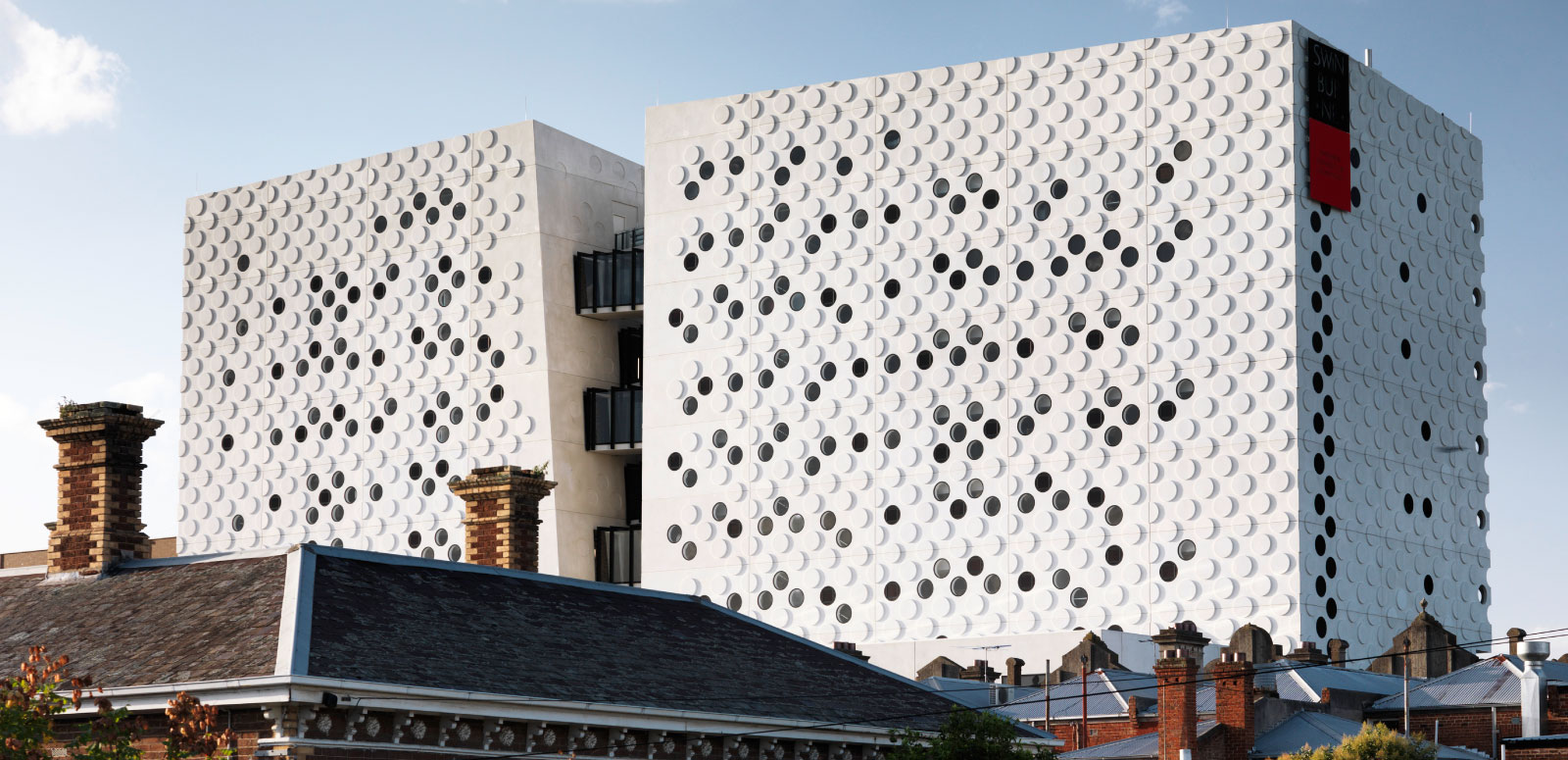Designing a greener built environment
As architects, we understand the impact our work has on global emissions and the importance of accelerating sustainable architecture and building practices. To support the upcoming United Nations COP26 climate change conference, we’re taking stock of some of our most sustainable innovations and projects to date with the hope that they inspire ourselves, our industry and our partners.
H2o’s commitment to sustainable innovation, and track record in sustainable design and adaptive reuse projects spans decades. Notable projects include the Advanced Technology Centre at Swinburne University, the first education building in Australia awarded a 5 Star Green Building Council of Australia rating; Australia’s largest research greenhouse, the highly specialised Plant Accelerator at the University of Adelaide; and the RMIT University Textile Facility, Australia’s first large scale institutional or commercial project to feature an all-timber façade.
Some of our earlier sustainability-driven projects include the 6 Star Green Star fitout for the Australian Conservation Foundation; and the award-winning Victorian SES Headquarters, a leading example of cost-effective, sustainable design. More recent projects include the International Centre and Business Buildings (ICBB) for Deakin University, a pioneering multi-level naturally ventilated institutional building; and our environmentally sensitive staged design for Truganina P-9 College.
As a practice, we’re committed to sustainable design that is practical and affordable, striving to reduce the impact of architecture on the built environment.

Pictured: Pioneering sustainable design, the Advanced Technology Centre at Swinburne University. Foyers, walkways and bridges are open, operating with natural ventilation for approximately 35% of the year. Photo by Trevor Mein.
